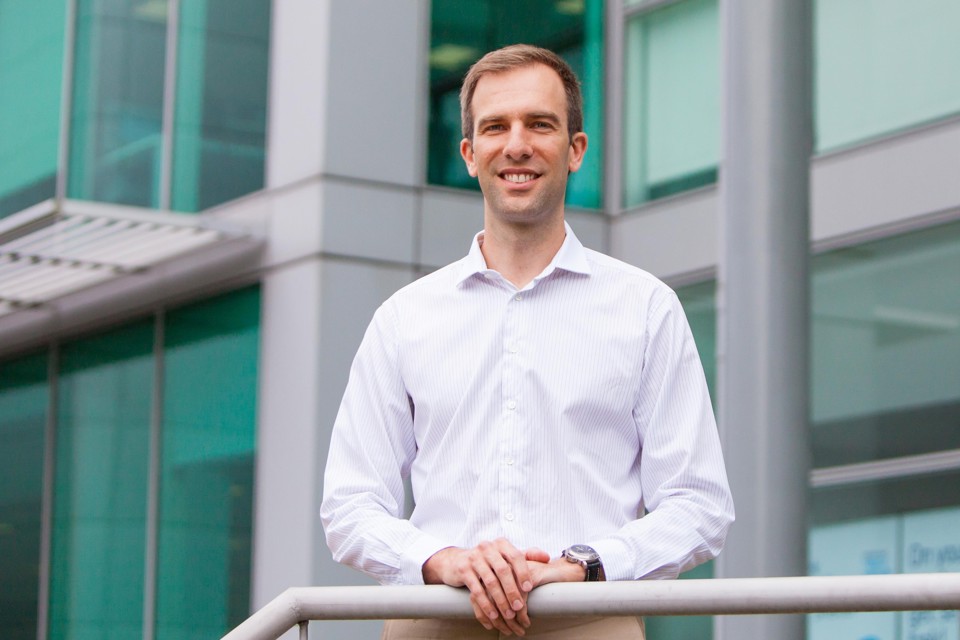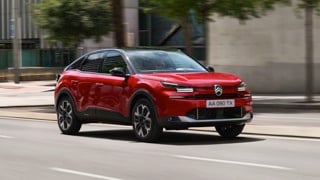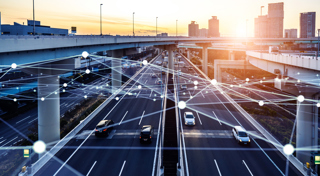Jorge Pikunic, managing director at Centrica Business Solutions
The coronavirus pandemic gave us a fast-forward view of what a cleaner, greener future for the UK could look like.
Lockdown measures led to, among many other things, a reduction in vehicle traffic and a decline in emissions as a result.
Transport pollution is a problem the world over – indeed, it’s the largest contributor of greenhouse gasses in both the UK and US.
That’s why it’s important these temporary contractions become permanent changes to the way in which people travel, as we move towards an electrified and more sustainable future.
The shift from petrol and diesel to electric vehicles (EVs) and cleaner options for heavy goods vehicles (HGVs) will be crucial to achieving this change.
Now is the time to seize the green transport opportunity. There are a number of ways that government and businesses can work together to make this happen.
Build back green with integrated policymaking
Transport decarbonisation must be central to green stimulus packages if the UK government has any chance of delivering on its net zero obligations.
At Centrica Business Solutions, we are urging the government to bring forward the phase-out of petrol and diesel vehicles to 2030 and to extend EV purchase incentives and infrastructure grants until the mid-2020s.
This will unleash the private investment required to deliver the infrastructure that will facilitate rapid charging from renewable sources at least cost.
It will enable businesses and public bodies to open the door to wider EV adoption across society.
Energy and transport policy can no longer sit in separate silos, especially as the uptake in EVs will also lead to an increase in electricity demand.
Integrated policymaking is required to deliver a joined-up approach to the complex decarbonisation challenge.
Develop the energy infrastructure for a more responsive energy system
To deliver on net zero, it's key that EVs are powered by renewables. Our estimates show that the UK will need to deploy circa 150GW of renewable generation (mainly wind and solar power) by 2050 in order to meet its carbon targets.
Having an energy infrastructure that comprises of solar, smart energy management and storage technology and facilitates the effective use of renewable energy to charge EVs will be crucial in delivering a more sustainable transport system and ultimately, achieving net-zero.
Integrating distributed energy resources like on-site generation and battery storage will also allow us to create a more responsive energy system that incorporates a greater share of renewable power.
Embrace technology to facilitate large-scale adoption among businesses
As well as policy changes and the move to decarbonise, technology is also playing a role in making the switch to EVs easier.
Not just the hardware required to charge quickly and sustainably but also software, which allows fleets to manage all their home-charging in a simple integrated way.
Switching to electric is more important and more financially viable today than ever before – it’s also easier.
As we electrify ourselves, we are also building world leading capabilities to manage our own EV fleet and we are now taking this service to others.
Crucially this includes the ability for EV drivers to charge their vehicle anywhere and for this charging cost to be collected into a central bill by a fleet manager and for any employee costs to be automatically reimbursed.
This will make EV adoption easier and cheaper for businesses with large-scale fleets, as they will be able to control when charging takes place to lower costs significantly by charging at the right time. This is not just cheaper than ICE vehicles, it is also easier to administer.
Deploy smart charging and flexibility to enable net zero at least cost
With energy and decarbonised transport systems intrinsically linked, smart charging and flexibility markets (both locally and nationally) are essential in the transition to an electrified future.
In particular, and as we move towards net-zero, it’s essential that the UK’s energy infrastructure is flexible enough to balance the peaks and troughs associated with renewable power.
This would help to manage peak demand and solve the issues associated with intermittent energy from renewables without expensive and disruptive network upgrades.
Financial modelling by The Flexibility Forum demonstrated that had smart charging and smart tech adoption been widespread during the lockdown period, the flexible storage capacity from six million vehicles could have reduced electricity grid costs by up to £133 million.
This would have equated to a 27% reduction in balancing costs for National Grid, without curtailing precious renewable power during low demand periods.
Seize the opportunity
Public bodies and businesses with large commercial fleets, often feeling the pressure of customers and shareholders for action on sustainability, have access to the economies of scale to lead the first major EV push.
Initiatives such as EV100 are bringing together organisations to spearhead the roll out of electric transport, with corporates like Amazon grasping the challenge by committing to a 100,000-strong electric delivery fleet by 2021.
Centrica's own business vehicles have clocked up 1.75 million electric miles since 2014 and we plan to convert our total UK fleet to EV by 2030, having just announced a major milestone by placing an order for 1,000 EV vehicles.
As early adopters of EV, we know that electrification will bring new and exciting opportunities to businesses and individuals across the UK, while supporting the UK in meeting its carbon targets.
By putting transport electrification in the fast lane we can make real progress on the UK’s journey to net zero, rebooting our economy by creating skilled green jobs and reducing the long-term costs of energy and transport.
Let's put our foot down.




















Login to comment
Comments
No comments have been made yet.